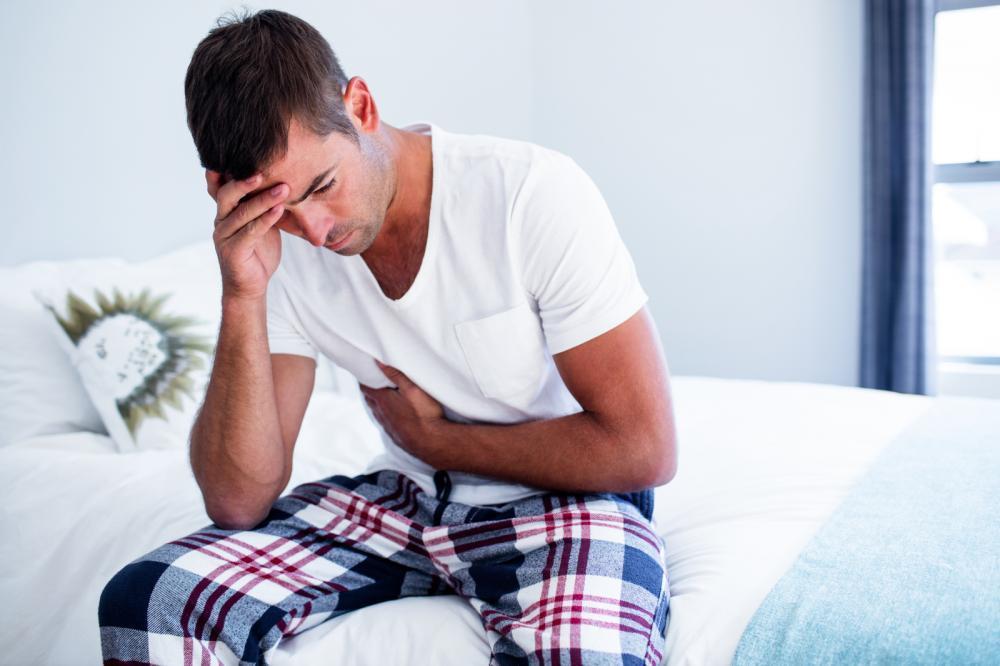Shigellosis, also known as Shigella, is a bacterial infection that causes food poisoning. It is caused by a type of bacteria known as Shigella. Infected individuals can suffer from dysentery, stomach pain, and fever. Shigellosis can spread easily in places such as day-care centers, refugee camps, long-term care facilities, and other similar institutions. Inadequate sanitation is a major factor in the spread of this disease. Read on as we discuss the symptoms of Shigellosis and its prevention and treatment.
The Symptoms of Shigellosis
The symptoms of Shigellosis appear one or two days after you are exposed to the bacteria. These include:
- Watery diarrhea (this may also contain blood or mucus)
- Stomach cramps
- Fever
In some cases, you may not experience any symptoms. A small percentage of individuals (around 2 percent) also experience post-infectious arthritis due to Shigella. This is caused by a specific type of bacteria known as Shigella flexneri. A person who has post-infectious arthritis will experience symptoms such as:
- Pain in joints
- Eye irritation
- Pain while passing urine
There is a genetic factor involved in this type of arthritis. Unfortunately, symptoms can be long-term, and you may develop chronic arthritis.
The Treatment of Shigellosis
If you are diagnosed with Shigellosis, then treatment will depend on the severity of the infection. In the case of mild infections, you are required to take plenty of fluids and maintain a high salt intake. A mild infection is usually resolved within four to eight days.
In the case of severe infections, your doctor will prescribe antibiotics. Symptoms can last three to six weeks in such cases, and you may need to be hospitalized. Standard treatment measures include:
- Intravenous administration of fluids that contain salts
- Antibiotics (Ceftriaxone, Ciprofloxacin, or Azithromycin are usually prescribed)
The Prevention of Shigellosis
There is no vaccine available for preventing Shigellosis. However, there are other things that you can do to protect yourself and your family. These include:
- Not preparing food for others if you are infected
- Washing your hands thoroughly after using the toilet
- Cleaning and disinfecting the toilet seat after it has been used by an infected individual
- Avoiding sexual intercourse with a person suffering from diarrhea. This also applies to anyone who has recently recovered from Shigellosis.
If your infant is infected with Shigellosis, you must dispose of off their diapers in a covered and lined garbage can. Make sure to wash their hands (as well as yours) with soap and water after changing their diaper. The area that is used while changing diapers should also be cleaned with a disinfectant. In the case of young children infected with Shigellosis, it is important to keep them away from uninfected children.
Let’s Sum It Up
Shigellosis is a bacterial infection that can cause severe diarrhea. It is most common among young children. The treatment of Shigellosis involves maintaining a high fluid intake to prevent dehydration. If your symptoms are more severe, you may need to take antibiotics.
Are you looking for further advice on the symptoms of Shigellosis? Then book an appointment with a physician at Health One Family Medicine.
Visit https://www.healthonemedicine.com or call 469-208-9770 for more information.

